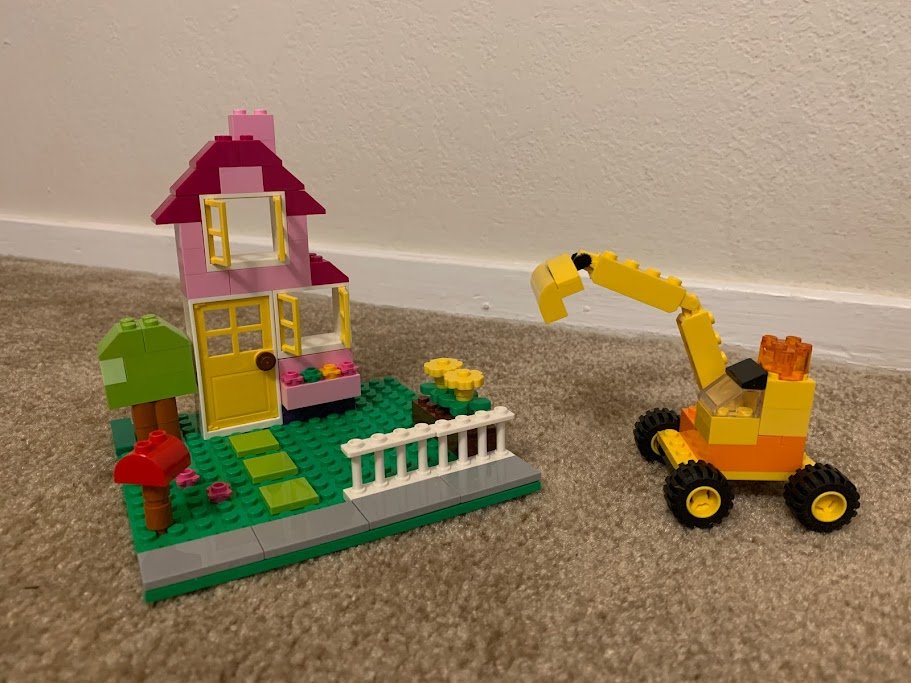Organizing Legos and the Sorting Problem
I built some Lego this week. As a visual thinker (half of our brain is devoted to some kind of vision processing, and we are especially good at spotting high contrast), I organized the 700+ pieces of Lego of various configuration intuitively and quickly by color: bins of red, green, blue, brown, and black blocks.
Creating something with hands was undeniably satisfying, but my organizing method had a fatal flaw. When I was building an object and needed a specific shape, the low contrast of the like-colored piles made it much harder to find a piece. In order to tell the pieces apart, I had to pick one block up, inspect, and decide whether it was the one I needed. It often took a few rounds of examination before finding the right piece, which demanded more mental energy and time and absolutely hurt my eyes.
When it comes to retrieving a piece of Lego, the determining factor is first and foremost its shape not color.
For precisely this reason, Lego Pros organize their blocks by type: tiles, bricks, plates, sticks, figures, just to name a few in Lego vocabulary (Bricklink offers a full list of hundreds of categories). They'd then arrange by size, described as the number of studs on a piece's short side and long side, such as 1x1, 2x2, 4x2, etc. Lastly, the extremely organized (and, those who have room for storage) would then go on to organize by color. There's diminishing return to sorting, and for most of us the casual players, just a bit more effort in advance to sort by type would be good enough, and this pro showed how to do that quickly.
Often, the fastest method to sort things away does not account for how we'd access them later, creating headaches for the future.
In the grand scheme of things, Lego is an easy problem to solve: its retrieval pattern is predictable; the organizer is also the builder therefore the incentive is aligned. Other sorting problems in life, from sorting garbage (I prototyped a CV-enabled sorting garbage can a few years ago, albeit flopped due to flimsy tech and unsustainable economics) to filing documents to organizing digital content for the family or for work, would be trickier to improve.
A few human factors complicate the problem: Partially because it's hard to delay gratification and do the work upfront. Partially because we have little time and storage space physically and mentally. Partially because it can be impossible to predict how we will use it, and therefore we either do not know the best sorting structure, or the sorting structure would be so dynamic and complex that the cognitive and physical effort becomes unbearable. And partially because the incentive is often misaligned in a group setting, where the person needs to do the work does not necessarily benefit directly from it.
The most exciting innovation in my opinion would be to, with the help of big data, make sense of the retrieval pattern to inform how we organize to bake in some fluidity. An even more exciting one, more in the societal/organizational and psychological domain, is to creatively align the incentive between the organizers and the builders when they are not the same person, and between now and when the benefit of better organizing cashes in.
That's said, the dream solution would probably not to automate humans out of sorting entirely. As the Lego Pros might attest, there is joy in some organizing.




